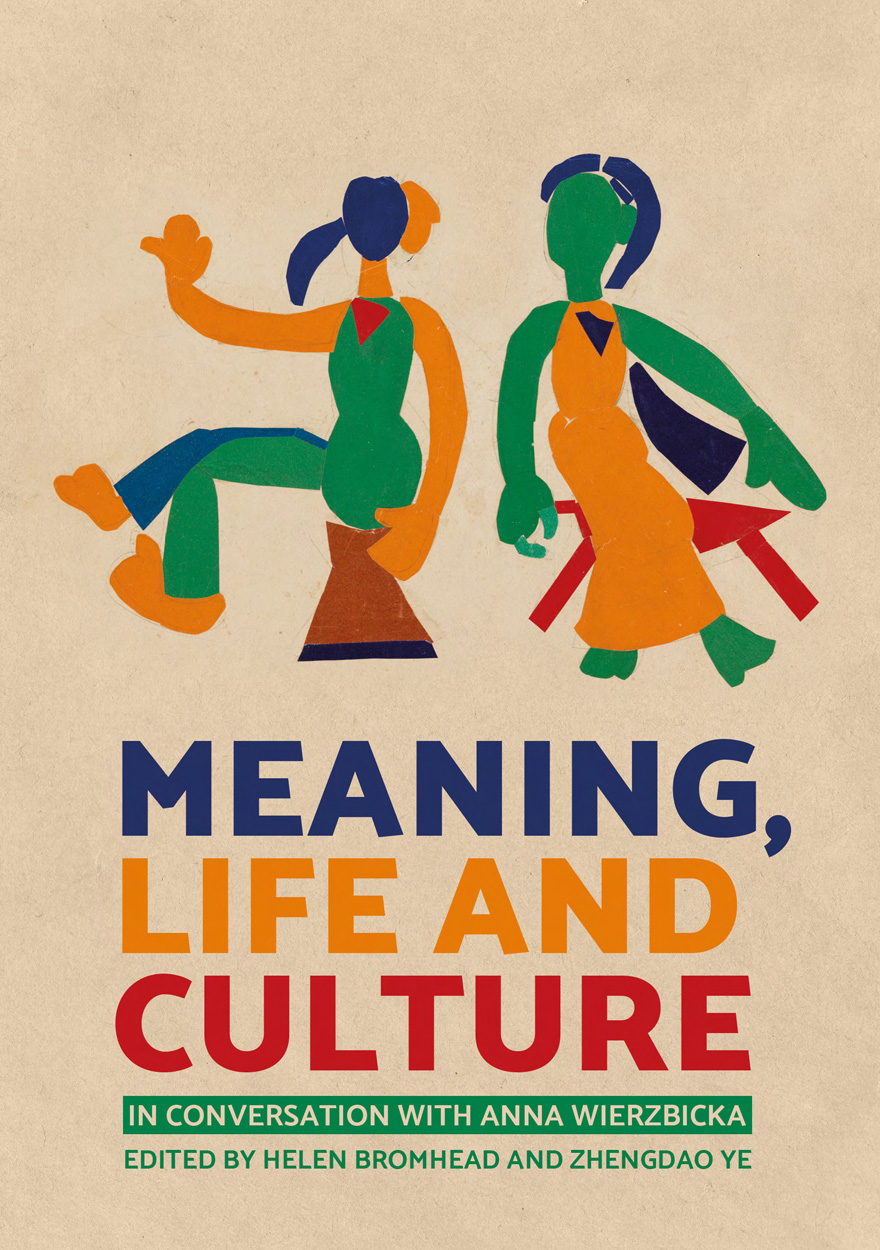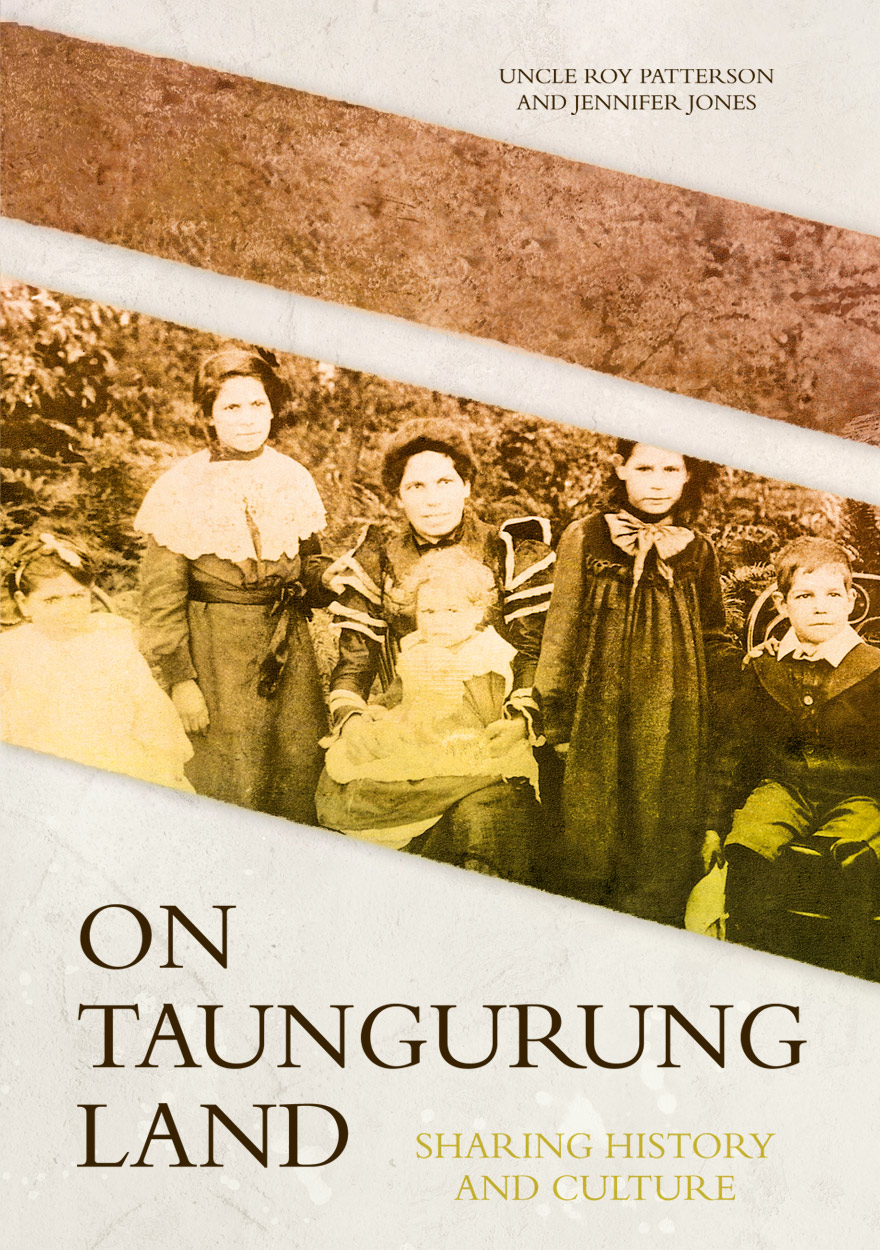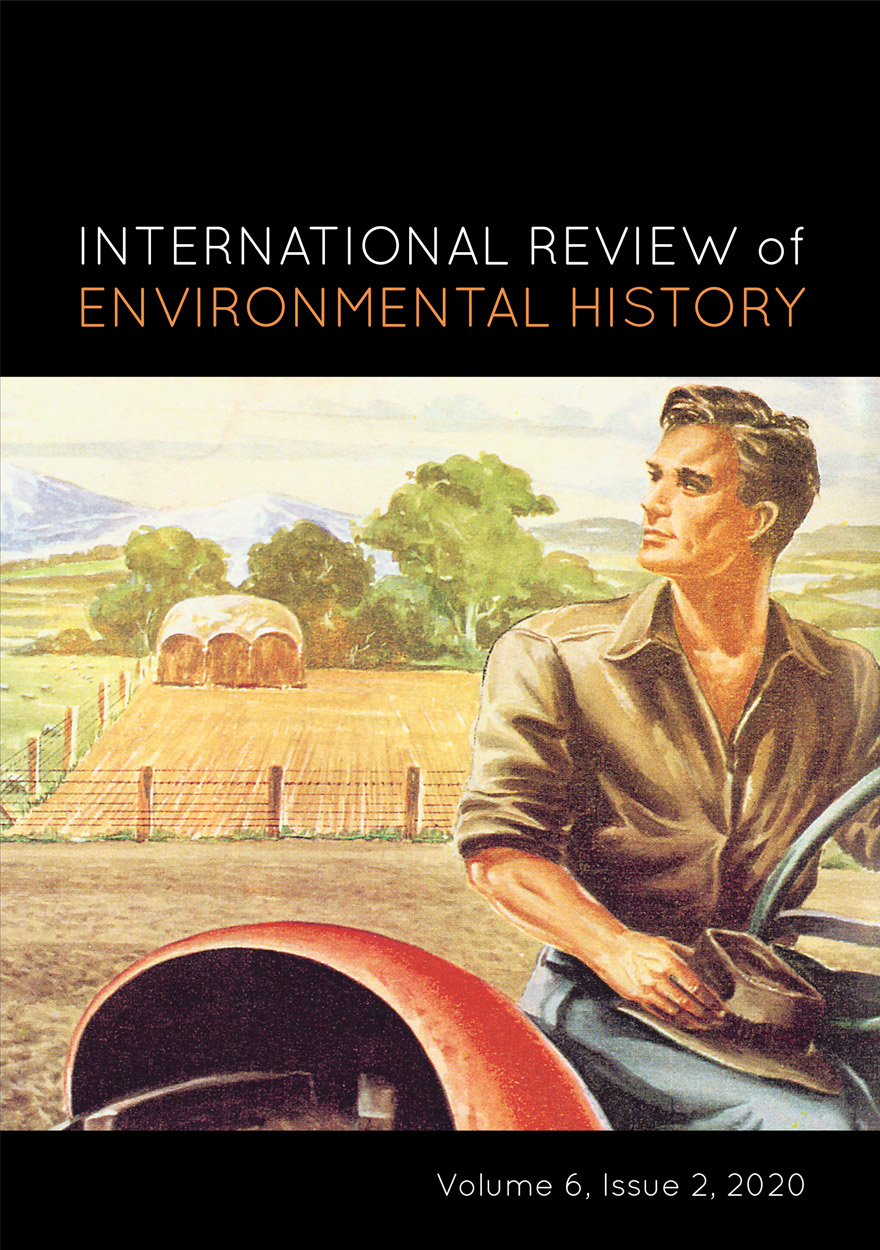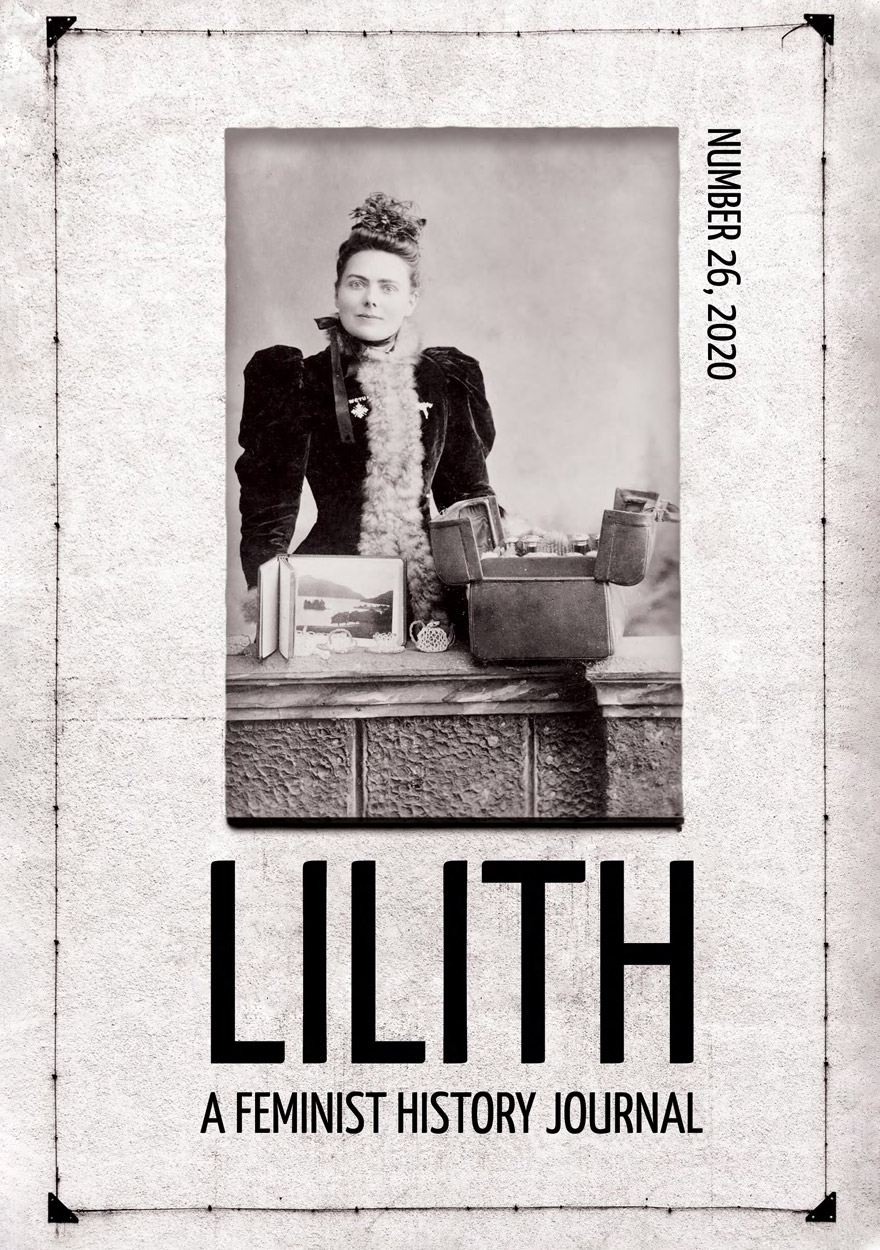Search titles
Displaying results 121 to 130 of 628.

Meaning, Life and Culture »
In conversation with Anna Wierzbicka
Edited by: Helen Bromhead, Zhengdao Ye
Publication date: December 2020
This book is dedicated to Anna Wierzbicka, one of the most influential and innovative linguists of her generation. Her work spans a number of disciplines, including anthropology, cultural psychology, cognitive science, philosophy and religious studies, as well as her home base of linguistics. She is best known for the Natural Semantic Metalanguage (NSM) approach to meaning—a versatile tool for exploring ‘big questions’ concerning the diversity and universals of people’s experience in the world.
In this volume, Anna Wierzbicka’s former students, old and current colleagues, ‘kindred spirits’ and ‘sparring partners’ engage with her ideas and diverse body of work. These authors cover topics from the grammar of action verbs to cross-cultural pragmatics, and over 30 languages from around the world are represented.
The chapters in Part 1 focus on the NSM approach and cover four themes: lexico-grammatical semantics, cultural keywords, semantics of nouns, and emotion. In Part 2, the contributors connect with a meaning-based approach from their own intellectual perspectives, including syntax, anthropology, cognitive linguistics and sociolinguistics.
The deep humanistic perspective, wide-ranging themes and interdisciplinary nature of Wierzbicka’s research are reflected in the contributions. The common thread running through all chapters is the primacy of meaning to the understanding of language and culture.

On Taungurung Land »
Sharing History and Culture
Authored by: Roy Henry Patterson, Jennifer Jones
Publication date: December 2020
On Taungurung Land: Sharing History and Culture is the first monograph to examine how the Taungurung Nation of central Victoria negotiated with protectors and pastoralists to retain possession of their own country for as long as possible. Historic accounts, to date, have treated the histories of Acheron and Mohican Aboriginal stations as preliminary to the establishment of the more famous Coranderrk on Wurundjeri land. Instead of ‘rushing down the hill’ to Coranderrk, this book concentrates upon the two foundational Aboriginal stations on Taungurung Country. A collaboration between Elder Uncle Roy Patterson and Jennifer Jones, the book draws upon Taungurung oral knowledge and an unusually rich historical record. This fine-grained local history and cultural memoir shows that adaptation to white settlement and the preservation of culture were not mutually exclusive. Uncle Roy shares generational knowledge in this book in order to revitalise relationships to place and establish respect and mutual practices of care for Country.

Australian Journal of Biography and History: No. 4, 2020 »
Publication date: December 2020
This issue of the Australian Journal of Biography and History includes eight peer-reviewed articles, and 12 book reviews. Each of the articles uses biography to illustrate historical themes and to add texture to historical episodes. Patricia Clarke examines the role of four women journalists who were recruited by the Australian Government to tour operational bases in eastern Australia during a critical phase in the Pacific War. In the field of journalism, women faced systemic barriers to employment; the women described in Clarke’s article went to great efforts to attain equality in the workplace, yet they were often restricted to weekly publications while the dailies remained the province of men. Lyndon and Lyne Megarrity, in their article on the two wives of the Queensland businessman and later premier Robert Philp (1899–1903, 1907–08), use the biographies of Jessie (née Bannister; 1856–90), and Mina (née Munro; 1867–1940) to illustrate the changes in the role of elite Queensland women over the relatively short period of a decade.
The next two articles consider the problems of constructing biographies of those who are essentially invisible in the historical record. Melanie Nolan, Christine Fernon and Rebecca Kippen discuss the ’first-fleeter’ Sarah Bellamy’s seemingly ‘insignificant life’ to illustrate various aspects of the British colonisation of the continent. The biography of the Boonwurrung man Kurrburra (1797–1849) forms the subject of the contribution by Ian Clark, Rolf Schlagloth, Fred Cahir and Gabrielle McGinnis. By setting out to consider the whole of Kurrburra’s life rather than only the moments of contact (or conflict) with colonial society, he can be re-presented as one who was respected and important in his Aboriginal community, and who managed, negotiated and sought to control his interactions with the colonising forces.
Sophie Scott-Brown, in her article on the British Marxist historian Raphael Samuel, considers the utility of biography in relation to intellectual history, and the relationship between what she terms ‘cultural persona’ and the empirical personality. By contrast, Michael Davis’s biographical portrait of the anthropologist Leonhard Adam reveals a figure who some viewed as an outsider, but whose works on Aboriginal art were highly successful. In his study of the Australian delegation to the 1919 Paris Peace Conference, David Lee looks at the men who between them forcefully asserted Australia’s position, and thus contributed to the country’s consolidation as an independent nation-state during the inter-war period. In the final article, Stephen Wilks argues that biography is founded on human agency, and that political history is ‘rich in interpersonal interaction’. He concludes that biography provides scholars with ‘a platform for exploring the tortuous chains of decision, chance and error that characterise the political past and the legacies it imparts’.
Download for free
Not available for purchase

International Review of Environmental History: Volume 6, Issue 2, 2020 »
Edited by: James Beattie
Publication date: November 2020
International Review of Environmental History takes an interdisciplinary and global approach to environmental history. It encourages scholars to think big and to tackle the challenges of writing environmental histories across different methodologies, nations, and time-scales. The journal embraces interdisciplinary, comparative and transnational methods, while still recognising the importance of locality in understanding these global processes.
The journal's goal is to be read across disciplines, not just within history. It publishes on all thematic and geographic topics of environmental history, but especially encourage articles with perspectives focused on or developed from the southern hemisphere and the ‘global south’.
Download for free
Not available for purchase

A Bridge Between »
Spanish Benedictine Missionary Women in Australia
Authored by: Katharine Massam
Publication date: October 2020
This sensitive account of Spanish Benedictine women at an Aboriginal mission in Western Australia is poignant and disturbing. Notable for its ecumenical spirit, depth of research and deep engagement with the subject, A Bridge Between is a model of how religious history, in its broader bearings, can be written.
— Graeme Davison, Monash University
With great insight and care, A Bridge Between presents a sympathetic but not uncritical history of the lives of individuals who have often been invisible. The story of the nuns at New Norcia is a timely contribution to Australia’s religious history. Given the findings of the Royal Commission, it will be widely read both within and beyond the academy. History is, here, a spiritual discipline, and an exercise in hope and reconciliation.
— Laura Rademaker, The Australian National University
A Bridge Between is the first account of the Benedictine women who worked at New Norcia and the first book-length exploration of twentieth-century life in the Western Australian mission town. From the founding of a grand school intended for ‘nativas’, through links to Mexico and Paraguay then Ireland, India and Belgium, as well as to their house in the Kimberley, and a network of villages near Burgos in the north of Spain, this is a complex international history. A Bridge Between gathers a powerful, fragmented story from the margins of the archive, recalling the Aboriginal women who joined the community in the 1950s and the compelling reunion of missionaries and former students in 2001. By tracing the all-but-forgotten story of the community of Benedictine women who were central to the experience of the mission for many Aboriginal families in the twentieth century, this book lays a foundation for further work.

Lilith: A Feminist History Journal: Number 26 »
Publication date: October 2020
The 2020 issue of Lilith features research on a range of feminist history topics, including an exploration of the performativity of temperance activist Bessie Harrison Lee; a critique of how colonial women are represented in Australian museums; a discussion of representations of motherhood in digital archives; a reconceptualisation of the radical nature of women’s political history; an investigation of the role that dress played in encouraging community acceptance of early women preachers in Australia; an inquiry into how fat bodies became a site of resistance of gender norms among rural women in interwar Western Australia; a study of women’s presence on plantations in colonial north Queensland; a survey of ‘moral treatment’ of puerperal insanity among female patients at Fremantle Lunatic Asylum; and an analysis of the coercion of women into domestic service in interwar Britain.
Download for free
Not available for purchase

ANU Historical Journal II: Number 2 »
Publication date: October 2020
The second issue of the ANU Historical Journal II showcases the research of authors ranging from undergraduate students through to professors, synthesising multiple generations of historical scholarship in the one volume. This issue of the ANUHJ II contributes to a plethora of subjects, with articles considering Australian journalists in China at the turn of the twentieth century; the moral messages of seventeenth-century Dutch Realist art; the characterisation of the ‘modern’ for 1920s women in Home magazine; how we research and teach Western Australian gay history; the production of Robert J. Hawke’s legacy; how Indonesia’s Borobudur temple reflects the country’s nationalism; the ‘housewife syndrome’ in mid-twentieth century America; Anzac and the formation of Australians’ sense of the past; and John Howard’s Indigenous policy portfolio. Further to this, contributors review some recently published books, while leading historians reflect on the past in lecture and essay form.
Download for free
Not available for purchase

‘Now is the Psychological Moment’ »
Earle Page and the Imagining of Australia
Authored by: Stephen Wilks
Publication date: October 2020
Earle Christmas Grafton Page (1880–1961) – surgeon, Country Party leader, treasurer and prime minister – was perhaps the most extraordinary visionary to hold high public office in twentieth-century Australia. Over decades, he made determined efforts to seize ‘the psychological moment’, and thereby realise his vision of a decentralised, regionalised and rationally ordered nation.
Page’s unique dreaming of a very different Australia encompassed new states, hydroelectricity, economic planning, cooperative federalism and rural universities. His story casts light on the wider place in history of visions of national development. He was Australia’s most important advocate of developmentalism, the important yet little-studied stream of thought that assumes that governments can lead the nation to realise its economic potential.
His audacious synthesis of ideas delineated and stretched the Australian political imagination. Page’s rich career confirms that Australia has long inspired popular ideals of national development, but also suggests that their practical implementation was increasingly challenged during the twentieth century.
Effervescent, intelligent and somewhat eccentric, Page was one of Australia’s great optimists. Few Australian leaders who stood for so much have since been so neglected.

The Bible in Buffalo Country »
Oenpelli Mission 1925–1931
Publication date: October 2020
Arriving in the remote Arnhem Land Aboriginal settlement of Oenpelli (Gunbalanya) in 1925, Alf and Mary Dyer aimed to bring Christ to a former buffalo shooting camp and an Aboriginal population many whites considered difficult to control. The Bible in Buffalo Country: Oenpelli Mission 1925–1931 represents a snapshot of the tumultuous first six years of the Church Missionary Society’s mission at Oenpelli and the superintendency of Alfred Dyer between 1925 and 1931. Drawing together documentary and photographic sources with local community memory, a story emerges of miscommunication, sickness, constant logistical issues, and an Aboriginal community choosing when and how to engage with the newcomers to their land.
This book provides a fascinating and detailed record of the primary sources of the mission, placed alongside the interpretation and insight of local Traditional Owners. Its contents include the historical and archaeological context of the primary source material, the vivid mission reports and correspondence, along with stunning photographs of the mission and relevant maps, and finally the oral history of Esther Manakgu, presenting Aboriginal memory of this complex era.
The Bible in Buffalo Country emerged from community desire for access to the source documents of their own history and for their story to be known by the broader Australian public. It is intended for the benefit of communities in western Arnhem Land and is also a rich resource for historians of Aboriginal history (and other scholars in relevant disciplines).

A Linguistic History of Italy »
Storia Linguistica d'Italia
Authored by: John J Kinder, Grazia Scotellaro
Publication date: September 2020
Italy has a long and fascinating history that has been recorded since the earliest days of Rome itself: we know how politics, ideas, culture, art, architecture, music and much more, have developed over nearly three millennia. At the heart of the life of the peoples of the Italian peninsula and islands is their language. A Linguistic History of Italy tells the story of how the language spoken in Italy developed from Latin to multiple dialects, to the selection of Florentine for a national written language and how Italian became the common language of the entire nation. At each step on this amazing journey language intertwines with other components of Italian social life.
The chapters of A Linguistic History of Italy take you through the history of Italian society, art, ideas and language. The chapters focus on the turning points in language history – when Latin ‘became’ Romance, when local dialects were first used in writing, when Florentine was selected as the national language for literature, when Italian became the ‘national language’ – and show how those moments only fully make sense when seen in a broader context.
The text is written in both English and Italian, so you can improve your linguistic skills while immersing yourself in Italian culture. And the many images give a visual feast of Italian beauty through the centuries.
Not available for purchase



